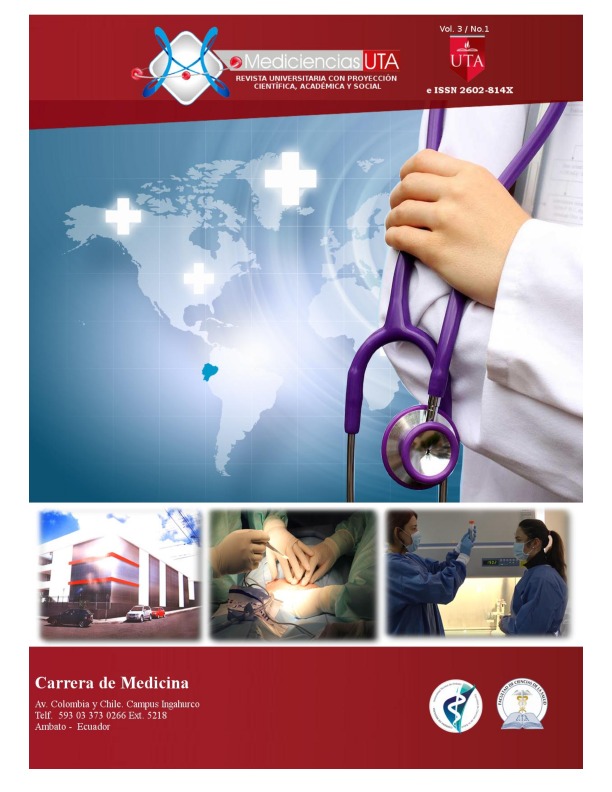Management of ipsilateral fractures of the femur and tibia in the Hospital Luis Vernaza in Guayaquil
Main Article Content
Abstract
Introduction: The term of floating knee is coined to ipsilateral and simultaneous lesions of femur and tibia that disconnect to the knee from the rest of the limb. They are very complex lesions with a high rate of complications, produced by high energy mechanisms, whichcause extensive skeletal damage, soft parts and are also associated with life-threatening injuries of the head, thorax and abdomen.
Objective: To describe the type of treatment and the functional outcomes of patients diagnosed with ipsilateral fractures of the femur and tibia served at the Luis Vernaza Hospital in Guayaquil.
Material and methods: A retrospective descriptive study was conducted in patients with ipsilateral fractures of femur and tibia served during the year 2015 at the Hospital Luis Vernaza in Guayaquil. The diagnoses were codified according to the Fraser classification. Data obtained from the digital clinical histories, in addition a database created in Excel was used and for the statistical analysis EPI Info 7 was used.
Results: In the Traumatology service at the Luis Vernaza Hospital in Guayaquil, during the year 2015, 985 fractures were attended, of which 15 were fractures of the femur and tibia ipsilateral (4 women and 11 males). The definitive treatment in the case of femur fracture was 9 endomedullary nails, 4 external fixations and 2 blocking condylar plates. In the case of the Tibia fracture, 4 encerrojados nails were placed, 9 external fixations, 1 screwed screw+ external fixing and an osteodesi with Steimann nail. The functional results were assessed according to the criteria of Karlstrom and Olerud, were considered satisfactory in 33% d they patients, regular in 27% and bad in40% of the cases.
Conclusion: Floating knee injuries are very complex fractures caused by high energy trauma, which compromises functional results despite receiving initial management and definitive osteosynthesis considered appropriate.



